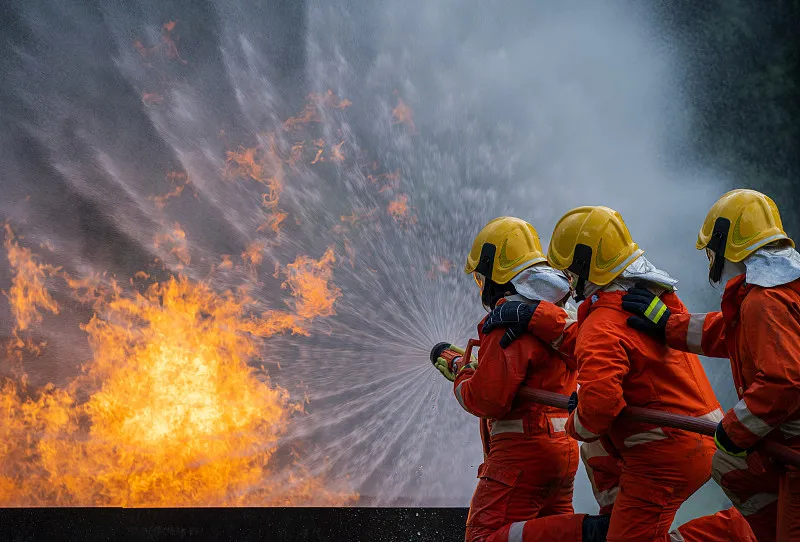installation of fire alarm system
The installation of a fire alarm system represents a critical safety measure that combines advanced detection technology with rapid response capabilities. These systems typically consist of multiple interconnected components including smoke detectors, heat sensors, manual pull stations, control panels, and notification devices. Modern fire alarm installations utilize sophisticated algorithms to differentiate between genuine fire threats and false alarms, significantly reducing unnecessary evacuations. The installation process involves strategic placement of detection devices throughout the building, considering factors such as room size, ceiling height, air flow patterns, and potential fire hazards. Professional installers ensure proper wiring and integration with building management systems, enabling seamless communication between components. The system's control panel serves as the central hub, monitoring all connected devices and managing emergency protocols. Advanced systems now incorporate smart features like mobile notifications, remote monitoring capabilities, and integration with emergency services. The installation also includes backup power supplies to maintain functionality during power outages, ensuring round-the-clock protection. Regular testing and maintenance protocols are established during installation to guarantee long-term reliability and compliance with local safety regulations.











